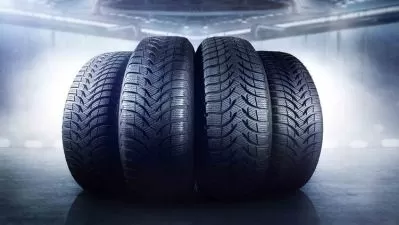AUTOSAR COM Stack
Autosar Instructor .
8:17:03
Description
Covers in depth knowledge of CanDrv, CanIF , CanTP, PDUR and COM Modules
What You'll Learn?
- Gain complete understanding of Communication stack in AUTOSAR
- Understanding of functionality of Can Driver, Can IF modules
- Understanding of functionality of CanTP, PDUR and Com Modules
- Will gain thorough knowledge about COM stack and ability to apply these concepts in Autosar related projects.
- Will have understanding of how these modules interact with each other and API's involved
Who is this for?
What You Need to Know?
More details
DescriptionWhen I started working as a professional , I tried searching relevant contents and explanation on Com Stack but i was unable to find a structured course online, there were just huge documents and it difficult to understand for a new person, so this led me to make this course on Com Stack so that others benefit from my experience.
Communication Stack facilitates vehicle network communication. Communication stack also helps in software updates and Diagnostics. Com Stack can be defined as a software stack that provides communication services to the Basic Software Modules and Application Layer/Application Software.
This course is developed considering the required knowledge needed to work on Com Stack. It is a well versed and structured course keeping in mind the audience from experienced professionals to freshers.
This course covers below topics and modules in Detail:
1. CAN
2. Can Driver
3. CanIF
4. CanTP
5. PDUR
6. COM
These topics are explained in detail, I have explained their functionality, how these module interacts with each other , function descriptions , sequence diagrams and configuration details
I will be updating the course based on feedback from audience from time to time and will also add lectures on CanSM and CanNM modules.
I wish all the best to you and Happy Learning !!
Who this course is for:
- To Learn in detail about COM stack of Autosar
When I started working as a professional , I tried searching relevant contents and explanation on Com Stack but i was unable to find a structured course online, there were just huge documents and it difficult to understand for a new person, so this led me to make this course on Com Stack so that others benefit from my experience.
Communication Stack facilitates vehicle network communication. Communication stack also helps in software updates and Diagnostics. Com Stack can be defined as a software stack that provides communication services to the Basic Software Modules and Application Layer/Application Software.
This course is developed considering the required knowledge needed to work on Com Stack. It is a well versed and structured course keeping in mind the audience from experienced professionals to freshers.
This course covers below topics and modules in Detail:
1. CAN
2. Can Driver
3. CanIF
4. CanTP
5. PDUR
6. COM
These topics are explained in detail, I have explained their functionality, how these module interacts with each other , function descriptions , sequence diagrams and configuration details
I will be updating the course based on feedback from audience from time to time and will also add lectures on CanSM and CanNM modules.
I wish all the best to you and Happy Learning !!
Who this course is for:
- To Learn in detail about COM stack of Autosar
User Reviews
Rating
Autosar Instructor .
Instructor's Courses
Udemy
View courses Udemy- language english
- Training sessions 118
- duration 8:17:03
- Release Date 2024/03/16











